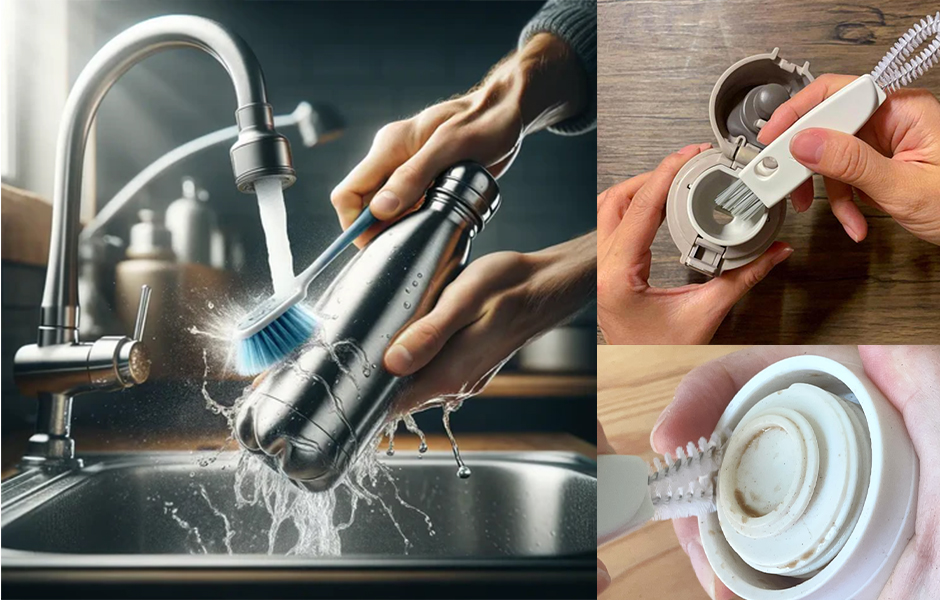
Have you ever had this experience: unscrewing your beloved water bottle with anticipation, only to taste an indescribable “stale” taste instead of the sweetness of fresh water? Or worse, discovering suspicious mold spots in the crevices of the lid?
Regularly deep cleaning your stainless steel water bottle isn’t just about aesthetics; it’s crucial for your health. Damp environments are breeding grounds for bacteria and mold, and an improperly cleaned bottle can become their paradise. Don’t worry—whether you need simple daily care or are battling stubborn odors, this ultimate guide provides a one-stop solution to keep your beloved bottle like new.
I. Daily Cleaning: Quick Care After Use
Developing simple daily habits is the first line of defense in keeping your bottle clean.
Basic Rinsing: After each use, be sure to immediately rinse the interior of the bottle and the lid with warm water and a small amount of mild dish soap. A simple shake and scrub will remove most residue and saliva.
Essential Tools: Investing in a set of cleaning brushes designed for water bottles is a smart move. A complete set usually includes:
- Long-handled bent bottle brush: For cleaning the bottom and sidewalls of the bottle.
- Small straw brush: Essential for cleaning straws.
- Small detail brushes: For cleaning the complex structures and crevices of lids.
Air Drying is Crucial: After washing, be sure to disassemble all parts (especially the lid, seal, straw) and let them dry completely and thoroughly before reassembly. Residual moisture is the main culprit for causing odors.
II. Deep Cleaning: Say Goodbye to Stubborn Odors and Stains
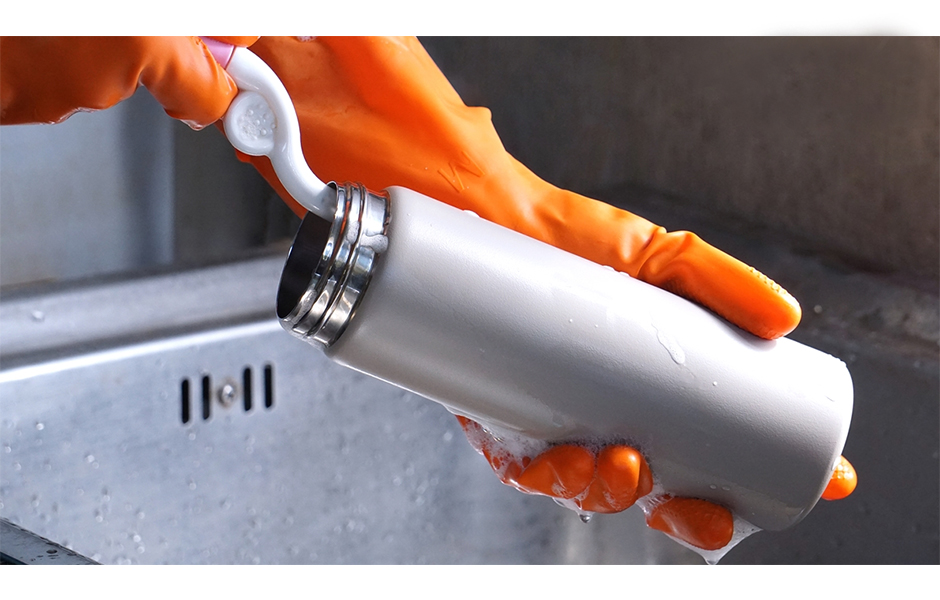
If odors have already developed, or for a monthly deep clean, try these methods:
1. The “Natural One-Two Punch” of Baking Soda and White Vinegar:
- Step One (Baking Soda Deodorizing): Add 1-2 tablespoons of baking soda to the bottle, fill with warm water, tighten the lid, shake vigorously, and then let it sit for several hours or overnight. Baking soda effectively neutralizes acidic odor molecules.
- Step Two (White Vinegar Disinfecting): Pour out the baking soda water, then use a white vinegar solution (one part white vinegar to three parts water) for a secondary wash and disinfection. Rinse thoroughly with clean water afterwards.
2. Diluted Bleach Solution (Last Resort): For extremely stubborn mold or odors, use a very dilute bleach solution (1 teaspoon of household bleach per 1 liter of water) and soak for 5-10 minutes. Warning: Afterwards, you must rinse repeatedly and thoroughly with plenty of water until no smell of bleach remains.
3. Cleaning Tablets: Commercially available denture cleaning tablets or dedicated water bottle cleaning effervescent tablets are very convenient. Just soak in warm water—an efficient and easy lazy option.
III. Targeted Cleaning: Tackling the Hard-to-Reach Spots of Different Lids
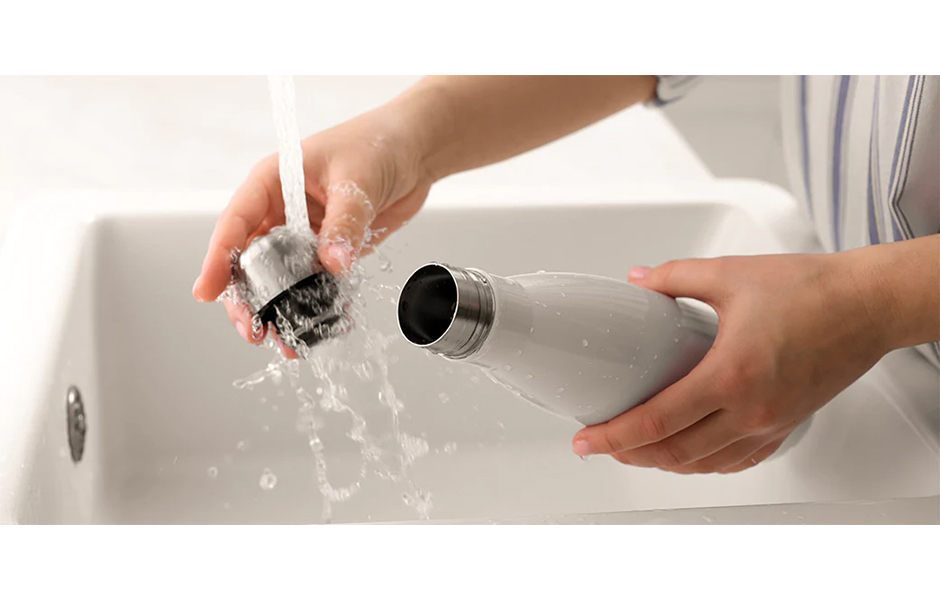
This is key to cleaning! The focus areas differ drastically between lid types.
Straw Lid: This is a hygiene hotspot. You must use a small straw brush to physically scrub the inside of the straw. Don’t forget the anti-leak silicone piece on the mouthpiece; it can usually be pulled off for separate cleaning.
Sport Lid / Chug Lid: Be sure to press the pop-up button to keep the spout in the open position. Check and clean the hidden hinges, crevices, and internal waterways. Most silicone seals are removable—be sure to take them off and clean them separately.
Flip Lid: Focus on cleaning the area on the inside of the lid that contacts the bottle opening and the large hinge structure. Ensure all parts that can open are opened and scrubbed.
Screw Lid: The simplest structure. Focus on cleaning residue from the threads. Be sure to unscrew the silicone seal and clean underneath it and in the groove where it sits, ensuring it is completely dry.
Loop Lid / Carry Lid: The pivot point of the carry loop easily collects dust; use a toothpick or small brush to clean it. Also check and clean the seal.
Smart Lid: Follow the manufacturer’s instructions. For lids with UV purification or electronic components, usually only wipe the exterior with a cloth; soaking or submerging is strictly prohibited.
Button Lid: Such as Takeya styles. Pressing the button reveals the internal drinking valve. This valve structure needs careful brushing to prevent residue buildup and clogging.
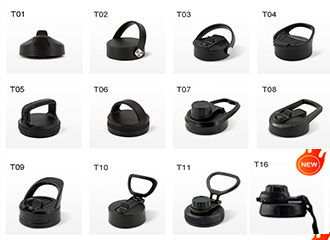
Unsure about your lid type? Check out our “Complete Guide to Stainless Steel Water Bottle Lid Types: From Straw Lids to Smart Lids” for identification and deeper understanding.
IV. Care Don’ts and Best Practices
Is it Dishwasher Safe? Although many products are labeled dishwasher safe, hand washing is strongly recommended. The hot water and powerful detergents in dishwashers can accelerate the aging and fading of the exterior powder coating and may damage the plastic parts of the lid and the elasticity of the seals.
Avoid Holding These Liquids: Milk, juice, carbonated drinks, protein shakes, and other liquids that spoil easily or are corrosive. If you must carry them, clean the bottle thoroughly immediately afterwards.
Inspect and Replace: Regularly check silicone seals for aging, deformation, stickiness, or loss of elasticity. This is the primary cause of leaks. If you find any issues, contact the brand for replacement parts promptly.
Storage: When not in use for extended periods, wash the bottle, ensure it is completely dry, and store it with the lid off in a ventilated area, avoiding sealed, damp environments.
A good stainless steel water bottle can be your faithful companion for many years, even a decade. By investing just a little time in cleaning and care, it can continue to provide a healthy, fresh drinking experience, while also reducing plastic waste and helping the environment.
Are you looking for easy-to-clean, durable custom stainless steel water bottles that promote your brand for your team or event? Our products are not only made from high-quality food-grade materials, but all lids and components are designed for easy disassembly and thorough cleaning, eliminating hygiene concerns at the source. We also offer a variety of logo application techniques (such as laser engraving, UV printing) to help your brand image convey a message of health.
Contact us today for customized solutions that enhance your brand image and care for your team’s health!
Q: Why does my water bottle have a metallic/funky taste?
A: This is usually the result of incomplete cleaning or inadequate drying leading to bacterial growth. Please follow the deep cleaning methods described above.
Q: What are the rainbow streaks or white spots on the inner wall?
A: This is water scale or mineral deposits; it’s harmless. Soaking with lemon juice or white vinegar will easily remove it.
Q: How can I fix scratches and wear on the outer wall?
A: Scratches on powder-coated or painted surfaces cannot be repaired; they are signs of use. Scratches on brushed stainless steel surfaces can be lessened by wiping along the direction of the original grain.

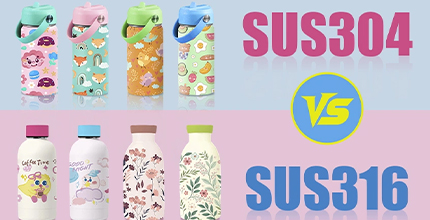

![2025 Global Kids Water Bottle Market TrendsA B2B Manufacturer's Strategic Guide | [YEWAY]](https://yewaydrinkware.com/wp-content/uploads/2025/11/2025-Global-Kids-Water-Bottle-Market-Trends.jpg)
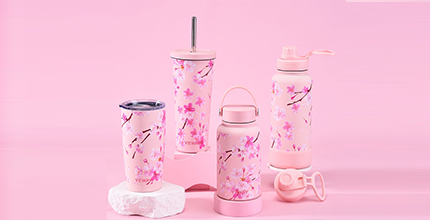

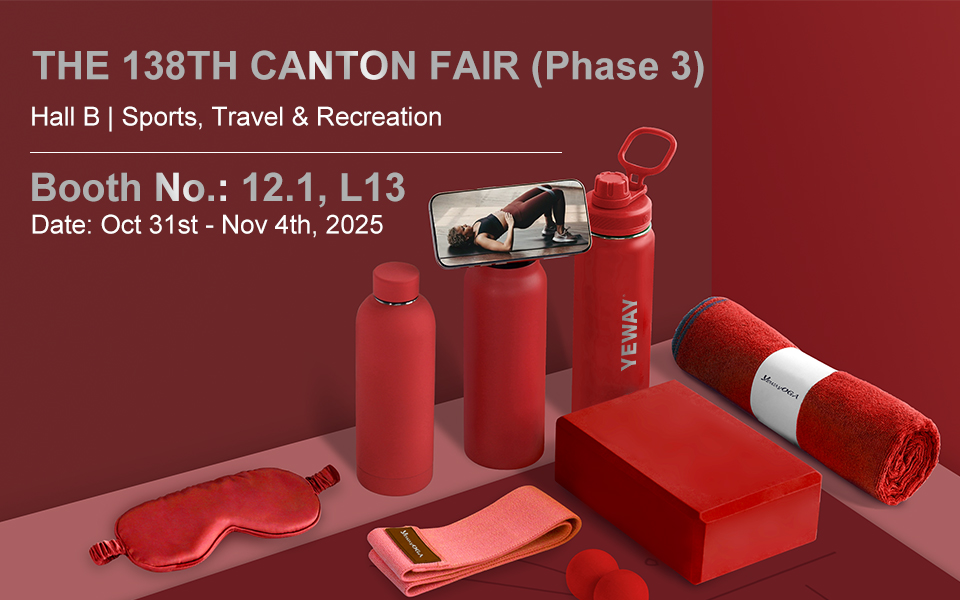
Leave a Reply